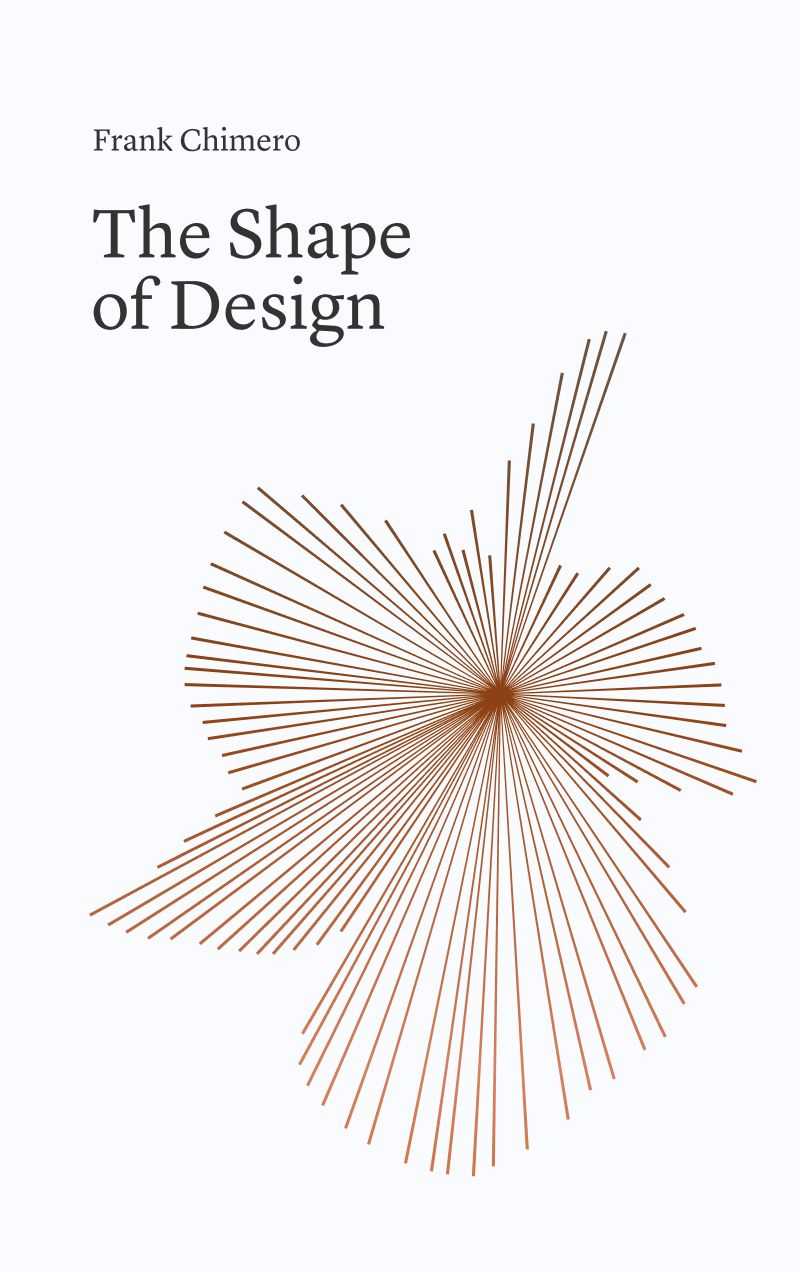14 Highlights
Design is imagining a future and working toward it with intelligence and cleverness. We use design to close the gap between the situation we have and the one we desire.
Our mistake was the same as that of the creative person who places too much focus on How to create her work, while ignoring Why she is creating it. Questions about How to do things improves craft and elevates form, but asking Why unearths a purpose and develops a point of view. We need to do more than hit the right note.
Painting is equal parts near and far: when near, the artist works to make his mark; when far, he assesses the work in order to analyze its qualities.
Painting's near and far states are akin to How and Why: the artist, when close to the canvas, is asking How questions related to craft; when he steps back, he raises Why questions concerned with the whole of the work and its purpose.
The finished piece on its own, however, frequently acts as a seductive screen that distracts us from this higher level of investigation. The allure of the veneer hides many of the choices (good and bad) that were a part of the construction; the seams are sanded out and all the lines made smooth. We are tempted by the quality of the work to ask how to reproduce its beauty. And how can you blame us? Beauty is palpable, while intentions and objectives are largely invisible.
If we wish painters to paint, poets to write, designers to design, they must know why as well. How enables, but Why motivates, and the space between the two could be described by the gap of enthusiasm between simply understanding phonics and reading a book that one identifies with and loves.
We must remember Why we are working, because craft needs objectives, effort needs purpose, and we need an outlet for our song. If we stay on the surface and do not dig deep by asking Why, we're not truly designing.
A sunflower seed and a solar system are the same thing; they both are whole systems. I find it easier to pay attention to the complexities of the smaller than to pay attention to the complexities of the larger. That, as much as anything, is why I'm a craftsman. It's a small discipline, but you can put an awful lot into it.
Adam Smith
The hand axes record the first moment that we understood that the world was malleable - that things can change and move, and we can initiate those transformations ourselves. To be human is to tinker, to envision a better condition, and decide to work toward it by shaping the world around us.
The Shakers have a proverb that says, "Do not make something unless it is both necessary and useful; but if its both, do not hesitate to make it beautiful."
Our minds say that so long as the design works well, the work's appearance does not necessarily matter. And yet, our hearts say otherwise. No matter how rational our thinking, we hear a voice whisper that beauty has an important role to play.
For instance, if you and I are improvising a scene on stage, and you say something I wasn't expecting, I can't pull you aside and ask you to change your line. The continuity would be broken, so I must accept what you offer, and then build on top of it. It's the same whether we are working collaboratively in a group, or if I am simply in dialogue with the work like the painter at his easel.
The more real an idea becomes, the less suspension of disbelief is required, and the more criticism it should withstand. But all ideas, both good and bad, start young and fragile.
Marshall McLuhan said that, “we look at the present through a rear-view mirror,” and we “march backwards into the future.”
Invention becomes our lens to imagine what is possible, and design is the road we follow to reach it.
